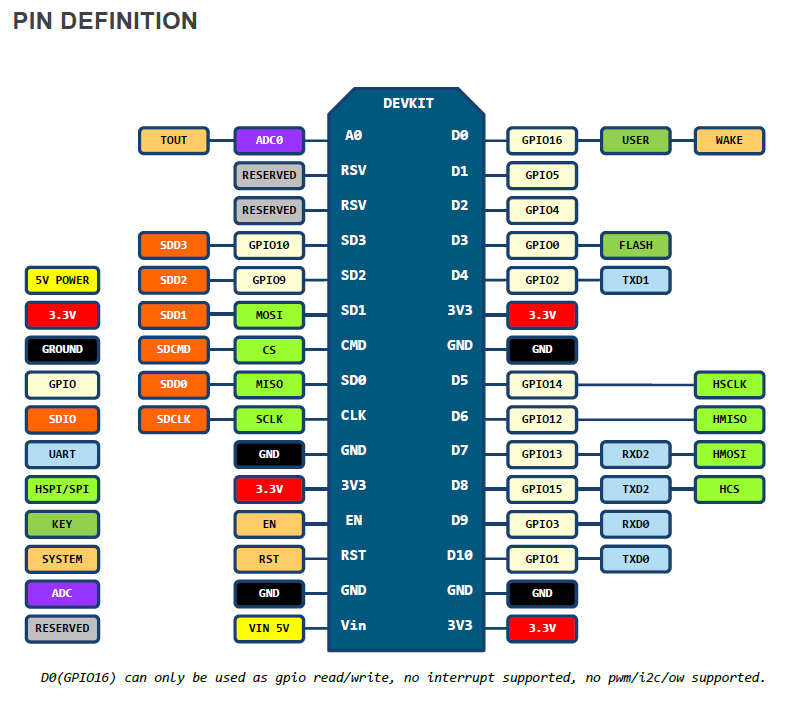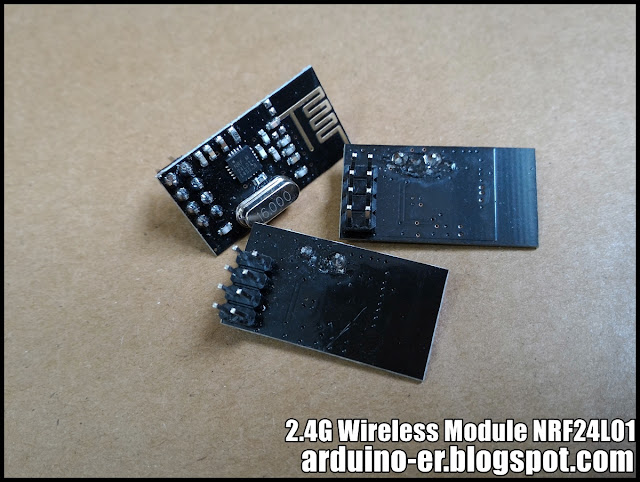To run diagnosis of NodeMCU/ESP8266, we can call the function WiFi.printDiag(Serial), pass with Serial port as the parameter, it will send the diagnostic info to Serial port.
remark: this apply on NodeMCU (suppose on other standalone ESP8266 also) with ESP8266 core for Arduino.
Example:
#include <ESP8266WiFi.h>
const char* ssid = "arduino-er";
const char* password = "12345678";
byte mac[6];
void setup() {
Serial.begin(115200);
Serial.print("\nRun diagnostic...\n");
WiFi.printDiag(Serial);
Serial.println();
Serial.print("\nStart...\n");
WiFi.macAddress(mac);
Serial.print("MAC: ");
Serial.print(mac[0],HEX);
Serial.print(":");
Serial.print(mac[1],HEX);
Serial.print(":");
Serial.print(mac[2],HEX);
Serial.print(":");
Serial.print(mac[3],HEX);
Serial.print(":");
Serial.print(mac[4],HEX);
Serial.print(":");
Serial.println(mac[5],HEX);
Serial.println();
WiFi.begin(ssid, password);
Serial.print("Connecting WIFI ");
while (WiFi.status() != WL_CONNECTED) {
delay(500);
Serial.print(".");
}
Serial.println("");
Serial.println("connected");
Serial.print("IP address: ");
Serial.println(WiFi.localIP());
}
void loop() {
// put your main code here, to run repeatedly:
}
sample output:























